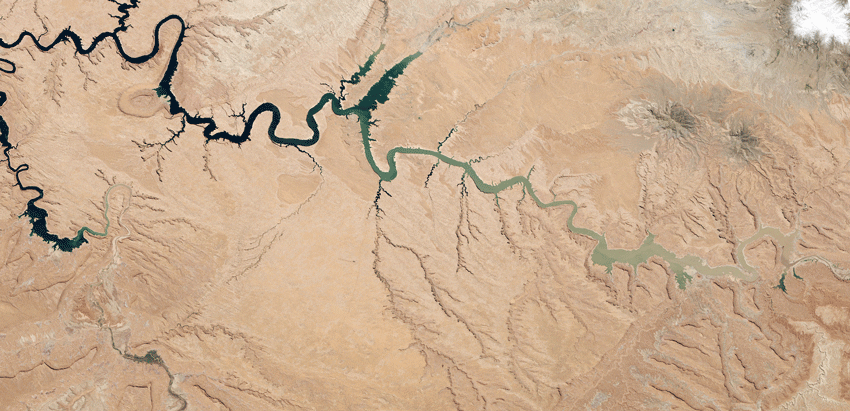Tim Lenton – Earth System Science: A Very Short Introduction (Oxford University Press 2016).
b y V I C T O R A N D E R S O N
In order to find out what is sustainable, we need some understanding of what Earth’s limits actually are. The fairly new field of Earth System Science aims to provide the relevant information here, and this book by Tim Lenton is an introduction to its key aspects.
It’s good that CUSP has plenty of time to research the question of “sustainable prosperity”, because it is not at all straightforward. Perhaps the hardest part is to work out what prosperity means, or could or should mean. But it is also far from simple to work out what sustainable means.
The most obvious way to approach this is through the question of economic growth, which to economists means growth in Gross Domestic Product. It seems clear that nothing, the world economy included, can grow forever on a finite planet with limited resources and capacities. However are we really saying that there is some maximum possible sustainable level of total world GDP and that we might even be able to specify what that level is?
The world is not like that, because GDP is a statistical construct invented by economists, and not actually part of the physics and biology of the way the planet functions. GDP can be composed of many different types of activity, some with major environmental impacts and some with none at all. So long as money changes hands, an activity gets included in GDP. This is not even a very sensitive way to measure what is happening in the economy, let alone what is happening to the planet.
In order to find out what is sustainable, we need some understanding of what Earth’s limits actually are, which in turn depends on having a picture of the processes that make it function. The fairly new field of Earth System Science aims to provide the relevant information here, and this book by Tim Lenton, Professor of Earth System Science and Climate Change at the University of Exeter, is an introduction to its key aspects.
For those of us who are used to political or social science debate about the environment, the book feels organised in an unfamiliar way, even though the order is really a logical one. It moves on to questions of sustainability and human impacts only in the second half of the book, with the first half being all about the underlying processes which help to determine what is and isn’t sustainable. These are processes like the phosphorus cycle, plate tectonics, and how life interacts with oxygen in the atmosphere. To end the book, there is a mind-boggling chapter about applying the ideas of Earth System Science to planets in other solar systems.
The overriding impression from the first half, even though this is an introductory book, is that this is all both amazing and complicated. However what is most important from a “sustainable prosperity” perspective is what follows from this science for our understanding of what is sustainable. I have seen nothing better as an overview than the “planetary boundaries” analysis – summarised here in Chapter 7 of the book – produced by Johan Rockström, Will Steffen, and their colleagues.
The idea that there are nine boundaries it is unsafe to go beyond – for climate change, “novel entities” (human-made chemicals etc), ozone depletion, aerosols in the atmosphere, ocean acidification, phosphorus and nitrogen, freshwater use, land use, and biodiversity – is a very good example of the power of a relatively simple organising framework to guide us through the complexity. At the same time, it is much closer to the science than the economics-based ideas of a maximum world GDP or the monetary quantification of the economic value of “natural capital” are.
Many policy wonks love it, although natural scientists themselves generally seem to have more doubts, because they are more aware of the problems about getting all the evidence needed and clarifying the concepts involved. Debate in the scientific literature in fact led Rockström and colleagues to produce a revised and more sophisticated version of the boundaries analysis (I wrote about it for the Planetary Boundaries Initiative), but it is noticeable that that version published in January 2015 made far less impact in policy debate than the simpler original “nine boundaries” model from 2009.
Academia seems full of talk about “interdisciplinarity”: and there can be no research programme that needs that more than we do in the effort to explore “sustainable prosperity”. CUSP needs to reach out in many different directions – the business community, politicians, and the general public included – but one of those directions must surely be towards the natural scientists who study the systems and processes which determine what is and isn’t sustainable. This book is a useful introduction to the problematic and crucial questions they deal in.

